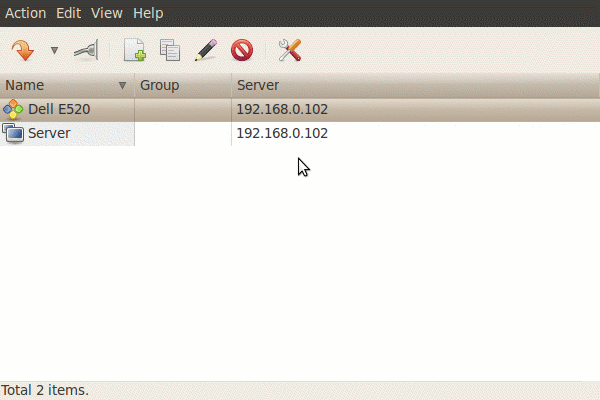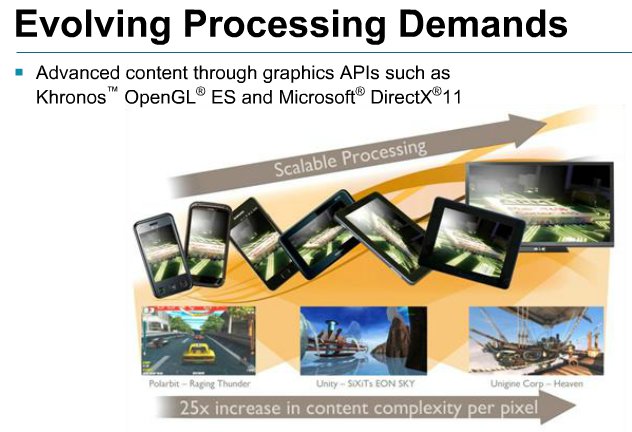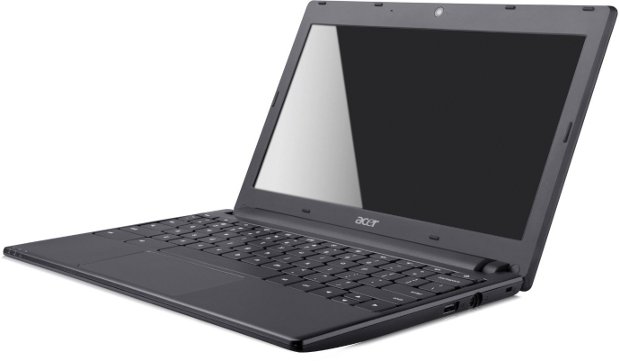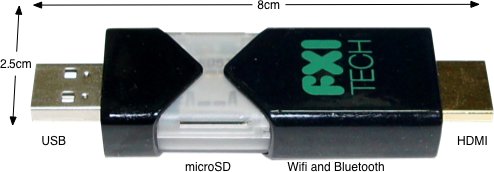Paul O’Brien, founder of modaco, has created a custom kernel with CIFS/SAMBA support, USB drive and keyboard / mouse support for Galaxy Nexus smartphone running Android 4.0 (ICS). This is a temporary download until MCR (MoDaCo Custom ROM) is released. This should be flashed via ‘fastboot flash boot boot.mck.img’ to a device with an unlocked bootloader. This is designed for devices running the I9250XXKK1 / ITL41D (android-4.0.1_r1) ROM. DOWNLOAD – MD5: adf6bcc42205027952630dcf720beada Source: http://android.modaco.com/topic/348882-23-nov-modaco-custom-kernel-cifs-usb-drives-keyboard-mouse/
Remmina : Remote Connection via RDP, VNC, SSH, XDMCP or SFTP
If you need to connect to both Windows and Linux machines remotely, Remmina is what you need. It is an application that can remotely connect to server using VNC, SSH, XDMCP, SFTP and RDP protocols. So that you can connect to a Windows machine using the default RDP (Remote Desktop Protocol) protocol without installing a VNC server. In the screenshot below I setup a Windows RDP and a VNC connection to 192.168.0.102. There are plenty of options. Here’s a screenshot of Remote Desktop Preferences for the RDP client. To install in an Ubuntu or Debian distribution:
|
1 |
sudo apt-get install remmina |
To install it in Fedora:
|
1 |
sudo yum install remmina |
Midgard architecture for Embedded GPUs (Mali-T604 / Mali T658)
I’ve attended a webinar entitled “Harness the power and flexibility of the Midgard architecture for Embedded GPUs” presented Steve Steele, Product Manager at ARM Media Processing Division and sponsored by EETimes. Steve starts to talk about the current GPU architecture “Utgard” used in Mali-200, Mali-300 and Mali-400MP which allows resolutions up to 1080p and are used in many smartphones today including Samsung Galaxy S2 (Mali-400MP) which provides great graphics performance. He then explains how mobile devices are used today and what performance we may except in the future: Mobile As Main compute platform: New UI and Augmented Reality Social Networks and emails Content Creation/consumption 1 Device to multiple screen (e.g LCD screen and TV via HDMI) Evolving Processing Demand: Graphics Complexity multiplied by 25 Increase in screen size (1080p resolution support). Graphics API: Khronos OpenGL ES, Microsoft DirectX 11 Compute API: OpenCL, Renderscript Compute and Direct Compute. After this overview, […]
ChromeBooks Get Cheaper and Chrome OS Update
Google announced that the Wi-Fi only version of the Samsung Chromebooks Series 5 and Acer Chromebooks will drop by 50 USD to to 300 USD. Apparently the Chromebooks sales are not going so well. This may be improving however, as the Samsung Series 5 Wi-Fi 12.1-Inch Chromebook currently ranks 25 in Netbooks (Amazon US) and Acer AC700-1099 Chromebook (Wi-Fi) ranks quite well (maybe after the discount) at position 9 in Netbooks. Still, even after this discount, it seems difficult to justify the price compared to a “real” netbook with hard disk (the Chromebooks use the cloud for storage) and a few other extra features. I have an Acer Aspire One AOD255E that now costs 279 USD on Amazon with a 250 GB hard disk running Windows 7 starter. Unless the Chromebooks price is reduced to about 200 USD I don’t really see it selling like hot cakes even though they […]
Android 4.0 For Blind or Visually Impaired Users
Android 4.0 (ICS) has some interesting features for blind or visually impaired users. With accessibility mode enabled, smartphones such as the Galaxy Nexus will dictate the name of the icons has you touch them and instruct you to tap it if you want to use this application. You can also use 2 fingers to scroll the current and you’ll get audible feedback to know where you scroll. Google has setup a YouTube channel (EyesFreeAndroid) to showcase features and applications available to blind and visually impaired users. Here’s an example below showing the touch exploration tutorial.
Android Variants, Hacks, Tricks and Resources – AnDevCon II
The second Android developer Conference (AnDevCon II) took place about 10 days ago. Karim Yaghmour of OperSys published the presentation slides he used during his two Android presentations. The first presentation was Embedded Android Workshop, the same presentation he did at Android Open 2011. The second presentation “Android Variants, Hacks, Tricks and Resources” slides can be found below. Those 48 slides cover the following: AOSP’s limitations: Rigid, closed development model, excludes many things… Tearing AOSP apart Forks: Cyanogenmod: After-market handset firmware with custom launcher and lots of tweaks and mods… Replicant: 100% open souce with FDroid marketplace. MIUI: Closed source with UI enhancements. Ports: RIM Playbook: OMAP4 Tablet based on AOSP. Bluestacks: Android on Windows 7. Alien Dalvik: Android SDK + Meego SDK integration. Mods: XDA Developers. Melding with “Classic” Linux Stack: Rationale: Lots of available stacks in Linux, Android does not provide everything. Road blocks: File system, Bionic C […]
Turn your TV into a Computer with FXI Technologies Cotton Candy USB Stick
FXI Technologies has unveiled a USB stick that turns any screen into an a computer running Android or Ubuntu, and in the future Windows 8 will also be supported. The Cotton Candy will include a Samsung Exynos 4210 dual-core ARM Cortex-A9 CPU clocked at 1.2GHz, with a Quad Core Mali 400MP GPU, like the Samsung Galaxy S2 smartphone. It will also feature 1GB of RAM, a microSD slot capable of holding up to 64GB of flash memory, Wifi and Bluetooth connectivity and an HDMI port. This small device (it measures 8cm x 2.5cm) has decent multimedia capabilities as it can support 1080p decode of MPEG4-SP/H.263/H.264 AVC/MPEG-2/VC1, as well as MP3, AAC, AAC+, Real Audio decoding and JPG, GIF, BMP, PNG pictures. Extra third party codec can also be added. There are 2 main use cases for the Cotton Candy: Connection to a HDMI-capable TV or Display: Connect an HDMI monitor/TV […]
WebP Image Format Could Replace JPEG, PNG and GIF
In September 2010, Google announced the WebP image format with lossy compression. Since last month, WebP can also support animation, ICC profile, XMP metadata and tiling. Today, it announced lossless compression and transparency support. WebP could be used as an alternative to JPEG, with 25–34% better compression compared to JPEG images at equivalent SSIM index as well as PNG as it now supports lossless compression and transparency – also known as alpha channel – in both the lossless and lossy modes. On average, Google got a 45% reduction in size when starting with PNGs found on the web, and a 28% reduction in size compared to PNGs that are re-compressed with pngcrush and pngout. Photos typically encoded as JPEG can be encoded in WebP lossy mode to achieve smaller file size. Icons and graphics can be encoded better in WebP lossless mode than in PNG. WebP lossy with alpha can […]











